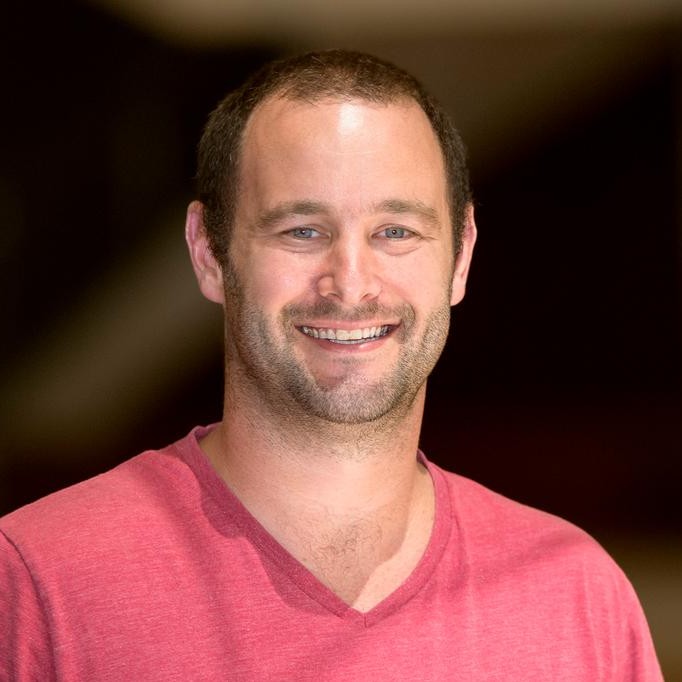Adventures in Gravitational-wave Astronomy: testing for hair, memory, and eccentricity. [slides]
David Caro building, Level 7 Conference Room (+Zoom)
More information
-
 A Prof Paul Lasky, ARC Future Fellow
A Prof Paul Lasky, ARC Future Fellow
Monash University
Email: Paul.Lasky[at]monash.edu
Abstract
Since the first gravitational-wave detection of a binary black hole merger in 2015, the LIGO and Virgo detectors have observed gravitational waves from almost 100 merging systems. That number is expected to increase significantly over the coming years as these experiments become even more sensitive. The increased number of detections, and the improved sensitivity of these instruments, allows us to probe the ultra-strong regime of gravity, as well as the formation history of these systems. I will discuss ongoing efforts to test general relativity in the ultra strong-field regime, including tests of the no-hair theorem and searches for gravitational-wave memory -- a permanent deformation of spacetime following the passage of a gravitational wave. I will also discuss efforts to detect orbital eccentricity in these systems, which has led to potentially the first observation of a second-generation black hole merger.